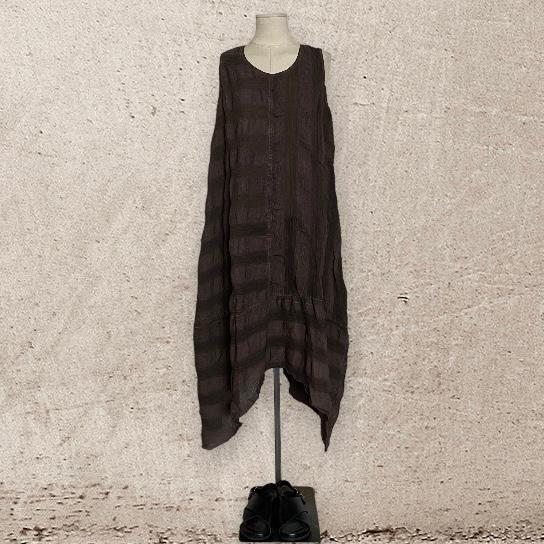This is Autumn?
Global boiling & its impact on the fashion industry
September 23rd was the first Autumn day, but this is Autumn? Sunday, the temperature in Milano reached 32 Celsius (about 90 Fahrenheit). In other words, we don’t have to wait for climate change – climate change is here. For brands and fashion retailers, it is particularly odd.
Specifically, it’s the global boiling era. Yet, in every industry, as well as in fashion, people work like nothing serious happens. Do they wear blinders? Don’t they feel the heatwave? Or maybe they think: “Yes, it’s hot, but there’s nothing we can do.”
As a matter of fact, in every field, people like cogs dutifully do their job. No questioning. It seems money, budgets, and turnover is what counts. Who cares if we are boiling?
What’s the impact of climate change on the fashion industry?
Fall/Winter shop windows reveal the inadequacy of fashion. Fashion is out of sync with current times.
First, people still wear lightweight clothing. We don’t need warm garments now. Indeed, stores overflow with wool sweaters, coats, down jackets, and all the winter stuff. But who dares now to try a wool sweater when the temperature invites you to the beach?
Second: sooner or later, cold weather will come. However, because of the heat wave, retailers who sell mass-produced garments will lose about two full-price months from the selling season. That means mass retailers’ unsold stock will be huge. Therefore, they will sell most garments during the end-of-season sale.
Autumn fashion in the global boiling era
In this context, it is clear that the actual pattern (mass manufacturing/ overproduction and distribution) doesn’t work anymore. We must stop and rethink the fashion industry from scratch. Ignoring climate change is dangerous nonsense since it is now a tangible reality.
Also, the above points come from a financial perspective, while ethics should be our first concern. Raising awareness on climate action is crucial. We must reduce our impact on the planet. How do we do it? By limiting by far our consumption to what really counts. Consume less. Don’t buy pointless stuff. Avoid waste.
Above all, start asking yourself: This is Autumn?
Most people pretend nothing happens. But with what conscience do they keep their eyes closed?

